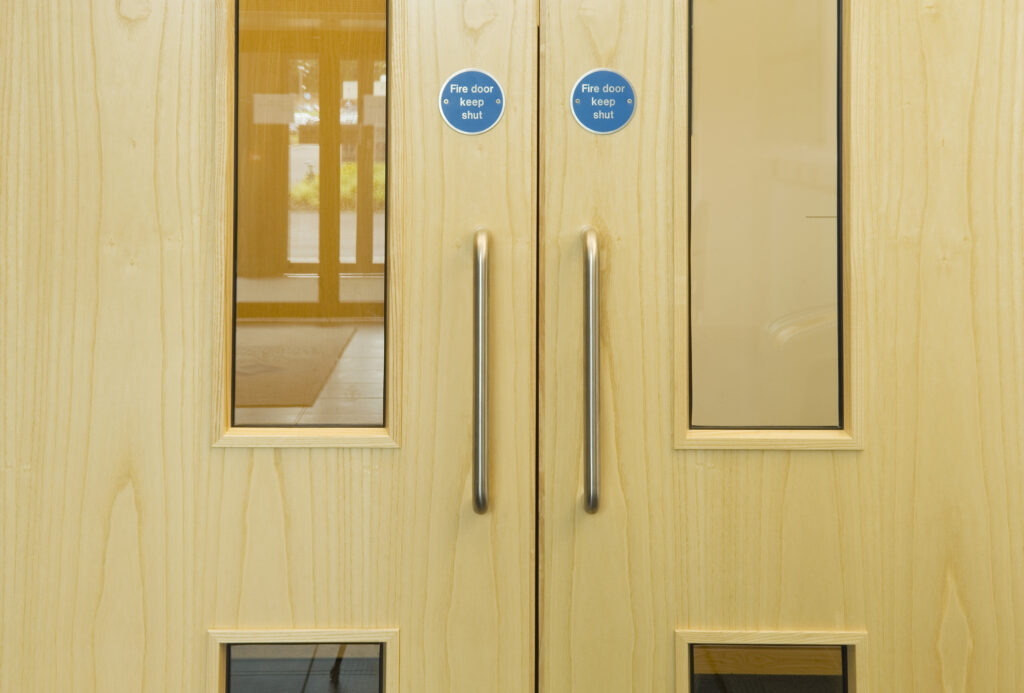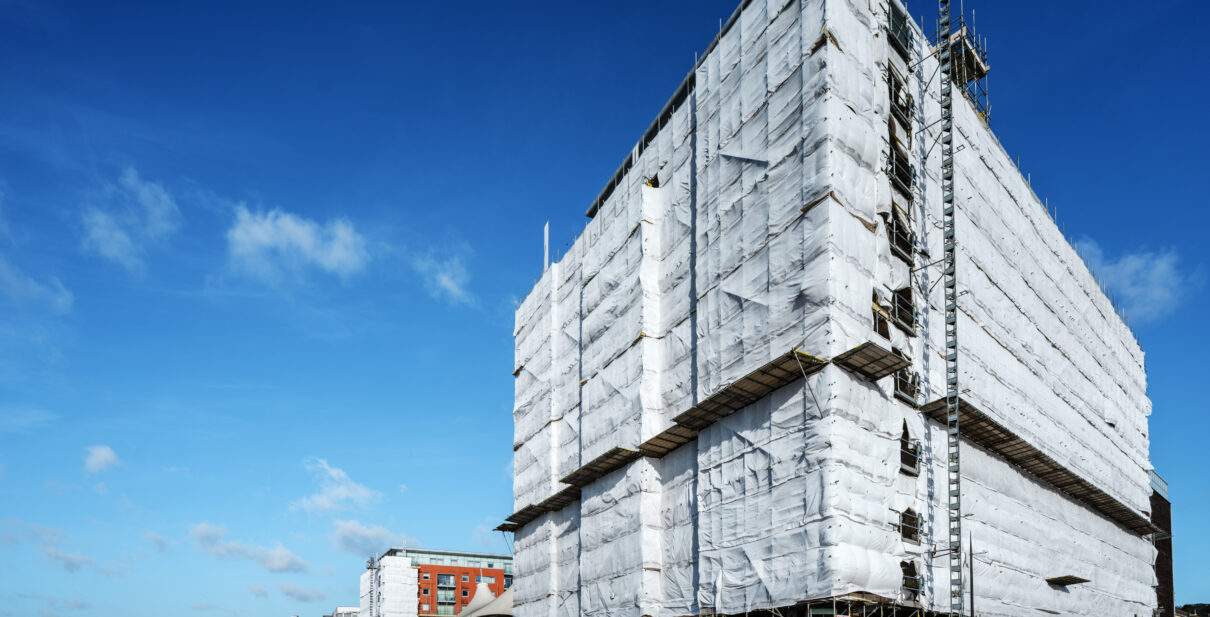New fire legislation came into effect in January 2023, so landlords, building managers or ‘responsible persons’ need to ensure they are fully aware of their responsibilities. We cover the changes and how to remain compliant here.
Why did legislation change?
Since the tragic Grenfell fire in June 2017, where 72 people sadly lost their lives and 70 more were injured, the Government has brought in new regulations and updated amendments to fire legislation to try to minimise the risks of a disaster like this happening again. Changes include laws around the materials used on buildings and the responsibilities of landlords – we’ve outlined them below:
What do I need to be compliant?
For residential buildings with two or more domestic premises with shared common areas, you will need…
- A fire risk assessment
- A fire risk prioritisation tool
- Fire door information and safety instructions for residents
- A fire risk appraisal of external walls (if required)
For buildings over 11 meters tall, you must meet the above requirements, as well as…
- Fire door surveys
- Relevant defects notice
- Landlord/leaseholder certificate
For buildings exceeding 18 meters in height, or consisting of 7 or more storeys, you must meet the above requirements, as well as…
- Building safety regulator registration
- Secure information box
- Floor plans
- Building safety case
- Fire service portal upload
- A building safety manager
- Golden thread of information
- Monthly lift checks
- External wall design detail
- Wayfinding signage
- Fire equipment outage reporting
The Laws on Fire Doors
Fire door regulations are a set of rules that must be followed when installing, maintaining and using fire doors. In the UK, fire door regulations are established by The Regulatory Reform (Fire Safety) Order 2005. This order stipulates that commercial and public buildings must have a minimum of 30 minutes of integrity and insulation in any structural elements that directly separate two compartments or floors, as well as any external walls or other openings leading to an open area.
In 2023, this was updated to state that it will now be a legal requirement to have annual checks of flat entrance doors and quarterly checks of communal doors in multi-occupied residential buildings above 11 meters. The regulations also require responsible persons to provide their residents of all multi-occupancy residential buildings with information on the importance of fire doors to a residential building’s fire safety.

What Are The Internal And External Fire Door Regulations?
Internal fire doors are meant to divide the building into separate compartments to stop fire spreading and smoke from travelling between rooms. However, external fire doors are not needed for fire protection. Instead, they are placed at the end of an escape route and don’t have to be kept close or have fire-resisting properties.

Facilities Management Companies
Hiring an excellent facilities management company can be beneficial in many ways if you’re an owner of a residential or commercial building. They will be able to ensure that the building complies with fire regulations and provide a range of other services such as general maintenance and health and safety checks. Here at Global Facilities, we have a highly experienced team of professionals that can ensure your building is compliant with fire regulations and can also advise you on maintaining fire doors, including fire door assemblies and checks. Contact us today to find out more.
Fire Door Regulation FAQs:
We've done our best to try and answer the most frequently asked questions about fire door regulations below:
The Fire Safety Regulations 2022 has made it a legal requirement for multi-occupied residential buildings with storeys over 11 metres in height to carry out quarterly checks and annual checks of flat entrance doors.
An FD30 fire door is one that is 30 minutes fire and smoke resistant. It is currently a requirement that the front doors to flats are FD30.
You are not recommended to attempt to fit a fire door by yourself. They must be installed and checked by a fire safety professional to ensure they'll be effective in the event of a fire.
Yes, all fire doors are required to have three hinges which must be certified.
Fire doors should be checked regularly to ensure they are in good condition and damage-free. They must also be kept closed while not in use, and the seals around the door must remain intact.





